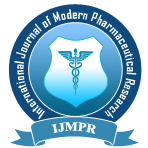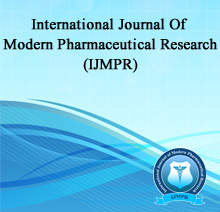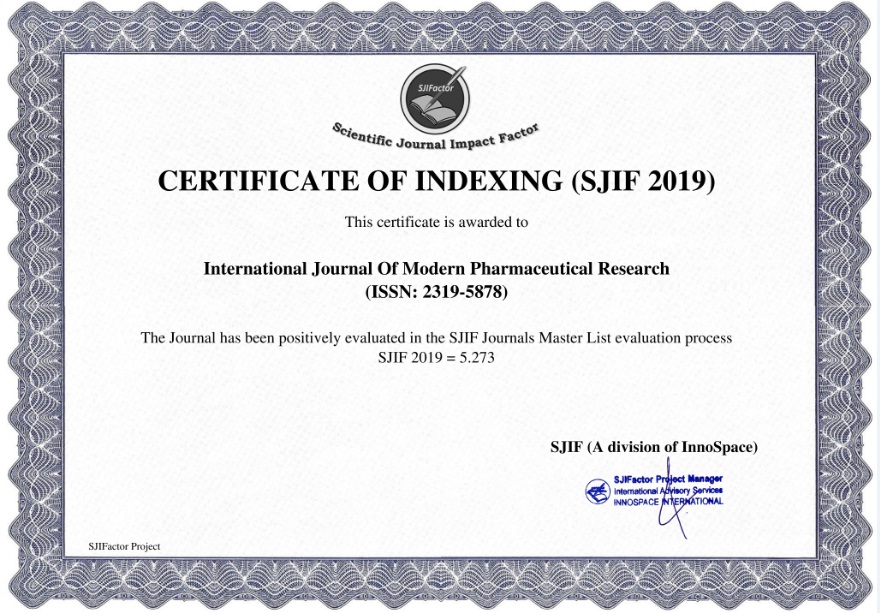EXPLORING DIABETIC FOOT ULCERS: CLINICAL FEATURES, CHALLENGES, AND INNOVATIONS
*R. Pravalika, C. Pavithra, P. Sravya, D. Suresh and Dr. K. Thirumala Naik
ABSTRACT
DFUs are one of the significant complications of DM. It is formed as a result of neuropathy, hyperglycemia, and peripheral vascular disease, causing high morbidity and mortality in the population of the world. For this review, the clinical aspects, classifications, management strategies, and preventive measures of DFUs have been considered. The most commonly used classification systems are the Meggitt-Wagner and University of Texas wound classifications, which play a major role in determining the severity and management. Its treatment includes pharmacological interventions in the form of broad-spectrum antibiotics, such as cephalosporins, fluoroquinolones, and aminoglycosides; and non-pharmacological interventions, such as debridement, arterial bypass surgery, and advanced techniques, such as Negative Pressure Therapy (NPT) and Hyperbaric Oxygen Therapy (HBOT). Therefore, these new interventions, improved oxygen supply and tissue granulation, fasten the healing process of these wounds. Measures for prevention like glycemic control, proper footwear, foot hygiene, and educating the patient would reduce the incidence of DFUs. Multidisciplinary management leading to better results, decreased morbidity, and a quality life improvement for the DFU patients relates to the correct treatment of such conditions along with early diagnosis and preventive strategies.
[Full Text Article] [Certificate Download]


